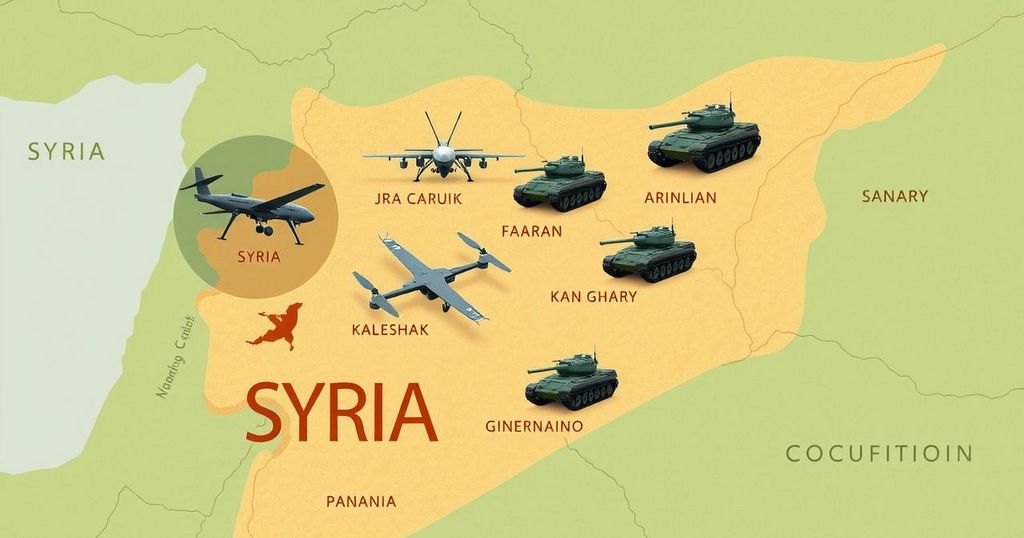Implications of the SDF Deal for U.S. Counterterrorism in Syria
The Kurdish-led Syrian Democratic Forces have agreed to merge with Syria’s interim government, a move encouraged by the U.S. This deal aims to unify factions in Syria and transfers control of key resources to the new government. It raises important questions for U.S. counterterrorism efforts, particularly regarding the ongoing presence of American forces amidst the threat posed by the Islamic State.
The Kurdish-led Syrian Democratic Forces (SDF), supported by the United States, have reached an agreement to merge with Syria’s interim government in Damascus. This deal, facilitated with U.S. encouragement, represents a strategic advantage for President Ahmed al-Sharaa as he endeavors to unify diverse factions in Syria following years of civil conflict. Control over vital civil and military institutions, including oil fields and prisons, will shift from the SDF to the central government.
The agreement could enhance political representation for Syrian Kurds, who have experienced oppression from the Assad regime. It may alleviate tensions with Turkey, which views the SDF as a terrorist organization. The Turkish government has responded positively, particularly in light of recent calls for disarming from the Kurdistan Workers’ Party, which has historical ties to the SDF.
Despite this progress, the implementation of the merger presents significant challenges amid ongoing sectarian violence and instability in Syria. Retired General Joseph Votel has expressed cautious optimism regarding the merger’s potential to stabilize the region, emphasizing that there remains much to be addressed before the situation improves significantly.
The merger’s implications for U.S. counterterrorism operations are profound, especially as the Islamic State continues to pose a serious threat in Syria, evidenced by a recent uptick in attacks. Currently, around 2,000 U.S. troops are stationed in Syria to assist in combating the Islamic State. There is concern that successful integration of the SDF with the Syrian government could lead to a repositioning or withdrawal of American forces, which may affect counterterrorism efforts in the region.
Some analysts, like Colin P. Clarke, warn that withdrawing U.S. forces could embolden the Islamic State, which may attempt jailbreaks from prisons administering captured fighters. While there have been discussions around troop withdrawal, no definitive decisions have been made, with the Pentagon refraining from commenting on the status of U.S. military presence in Syria.
The recent merger agreement between the Syrian Democratic Forces and the interim Syrian government signifies both a potential stabilizing factor for Syria and a crucial moment for U.S. counterterrorism strategy. However, the evolving dynamics raise questions about the continued presence of U.S. troops and the likelihood of a resurgence of the Islamic State. It remains essential for the United States to carefully navigate these developments to maintain regional security and counterterrorism objectives.
Original Source: foreignpolicy.com




Post Comment